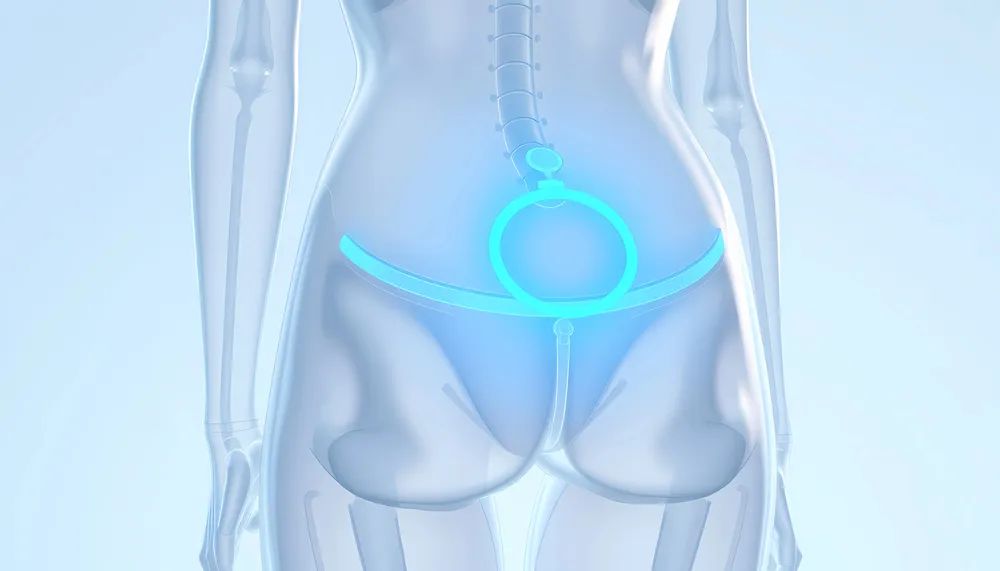How to Fix a Weak Ankle That Sprains Easily
2022-08-25

PARKWAY 百汇医疗 Ankle injuries can lead to chronic ankle instability. This condition can cause pain or discomfort and can hinder your daily movements. If physiotherapy is ineffective in improving your condition, surgery may be needed. The ankle is the most commonly injured body part in sports, accounting for 10 – 15% of all sport injuries. The most common ankle injury is a sprain. Ankle sprains involve the tearing or stretching of the ligaments when the ankle is twisted or turned. Ligaments are strong fibers that provide support for the ankle. Sprains vary in severity and can be graded as follows: Grade I (Mild) – Slight stretching of the ligament Grade II (Moderate) – Incomplete tear of the ligament Grade III (Severe) – Complete tear of the ligament Many people perceive ankle sprains to be minor injuries that do not require medical attention. It is common for people to tough it out for 2 – 8 weeks for the ankle to heal on its own. Another misconception is that once the pain or swelling in the ankle has subsided, the ankle is considered fully recovered from injury. However, engaging in physical activities too soon after an ankle sprain may lead to long-term injury or recurrent pain. In fact, about 20% of patients with ankle sprain develop chronic ankle instability. What is chronic ankle instability? Chronic ankle instability refers to the recurrent giving way of the outer side of the ankle. It develops when an ankle injury does not heal adequately. The symptoms of chronic ankle instability include: Ankle pain Persistent discomfort or swelling of the ankle Repeated turning of the ankle when walking on uneven surfaces or when participating in sports Wobbly or unstable feeling of the ankle Patients with history of recurrent sprains, a high-grade sprain, lower limb weakness or postural imbalance are more prone to developing chronic ankle instability. This condition is commonly seen in people who engage in sports activities such as trail running, basketball, tennis, and soccer. It may also affect the general community, particularly among individuals with history of falls or who walk on uneven grounds. Left untreated, chronic ankle instability could lead to ankle arthritis. How is chronic ankle instability treated? Medication and physiotherapy are usually recommended for chronic ankle instability. The most frequently prescribed medications are non-steroidal anti-inflammatory drugs which reduce pain and inflammation. Physiotherapy involves strengthening exercises, improvement of balance, and muscle retraining. If the ankle is not healed or if the patient experiences ankle instability or recurring ankle sprains after 3 months of physiotherapy, surgery will be recommended. The purpose of surgery is to stabilize the weak or loose ankle ligaments in order to improve the mechanical stability of the ankle and restore its full function. Can chronic ankle instability be treated via surgery? The Broström-Gould Repair Open Surgery is the most common surgical treatment for ankle ligament repair. However, in the last decade, minimally invasive surgery (MIS) using the Arthroscopic Broström-Gould Repair has been gaining favor among orthopedic surgeons. Compared to open surgery, MIS such as the arthroscopic technique is often preferred due to the following advantages: Lower rate of wound complications Smaller incisions leading to less pain & bleeding What are some of the potential risks involved with the surgery? Although the chances of complications are lowered with MIS, as with any surgery, there are still potential risks involved. The following complications may occur: Complications from anesthesia Damage to nearby anatomical structures Infection Scar hypersensitivity Stiffness in your ankle joint What can you expect after your surgery? After the surgery, your ankle will be placed in a cast. You will be allowed to go home on the same day of the procedure, so you should arrange for someone to drive you home. You will experience mild pain in your ankle for a few days after your surgery. To minimize this pain, you will be prescribed pain medications. You will also be advised to keep your leg elevated. Your surgeon will ask you to follow-up after about 14 days to remove your stitches. The cast will then be replaced with a removable walking boot which you will need to use for several weeks. You will also be advised to do ankle mobilization exercises to help your recovery process. Is surgery suitable for you? If you suffer from chronic ankle instability and physiotherapy has proven to be ineffective, consult an orthopedic surgeon to have your condition assessed to see if you are suitable for the procedure. Article reviewed by Dr. David Jiang,Orthopedics & Sports Medicine Surgeon. Copyright: Health Plus an online health and wellness web resource developed by Parkway Singapore https://www.mountelizabeth.com.sg/healthplus/article/fix-chronic-ankle-instability References: 1. Assessment of the Injured Ankle in the Athlete, retrieved on 23 August 2020 from https://www.ncbi.nlm.nih.gov/pmc/articles/PMC164372/ (October – December 2002) 2. Sprained ankle, retrieved on 23 August 2020 from https://www.mayoclinic.org/diseases-conditions/sprained-ankle/symptoms-causes/syc-20353225. (28 July 2020) 3. Chronic ankle instability, retrieved on 23 August 2020 from https://www.foothealthfacts.org/conditions/chronic-ankle-instability#:~:text=Chronic%20ankle%20instability%20is%20a,when%20you're%20just%20standing.. (n.d.) 4. Al-Mohrej OA, Al-Kenani NS. Chronic ankle instability: Current perspectives, retrieved on 23 August 2020 from https://www.ncbi.nlm.nih.gov/pmc/articles/PMC5054646/. (October – December 2016) 5. Woo BJ, Lai MC, Koo K. Arthroscopic Versus Open Broström-Gould Repair for Chronic Ankle Instability, retrieved on 23 August 2020 from https://journals.sagepub.com/doi/abs/10.1177/1071100720914860. (24 March 2020) 6. Lateral Ankle Ligament Reconstruction, retrieved on 30 August 2020 from 




































